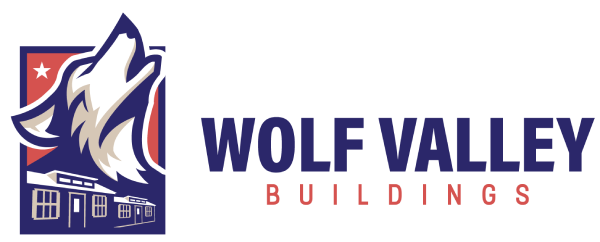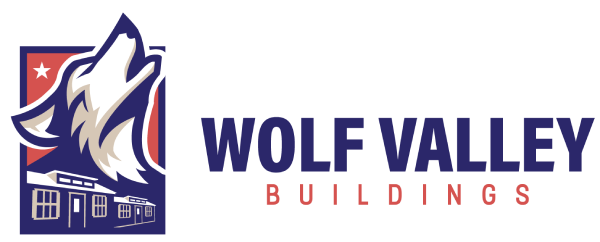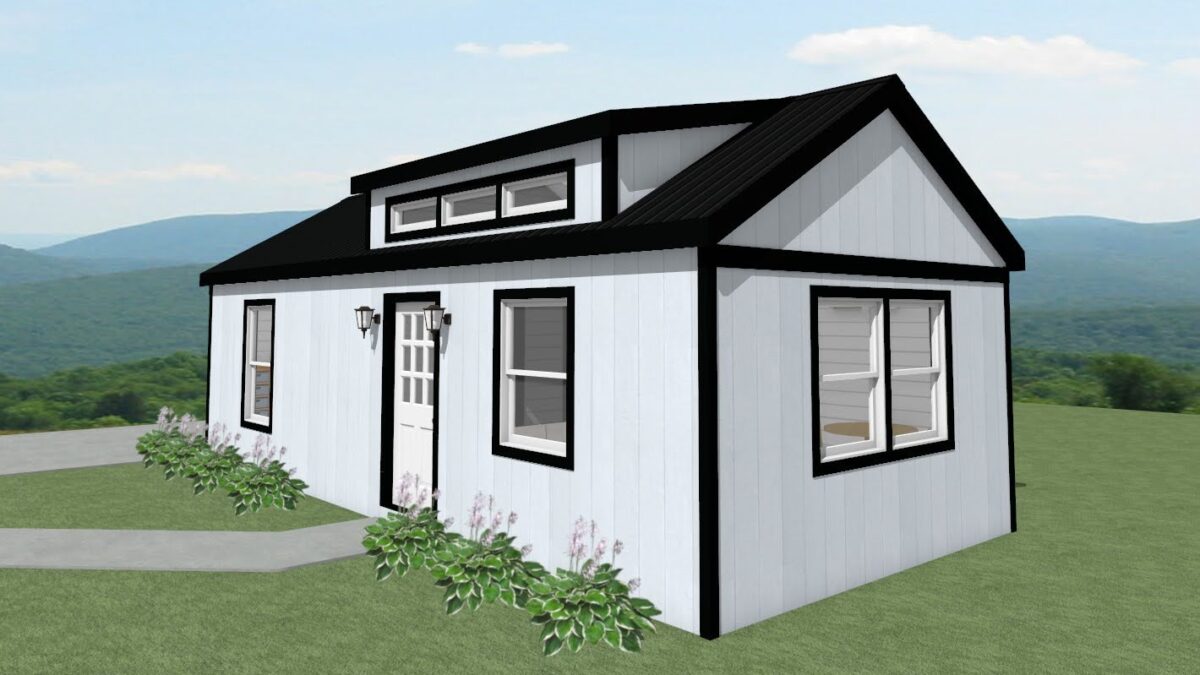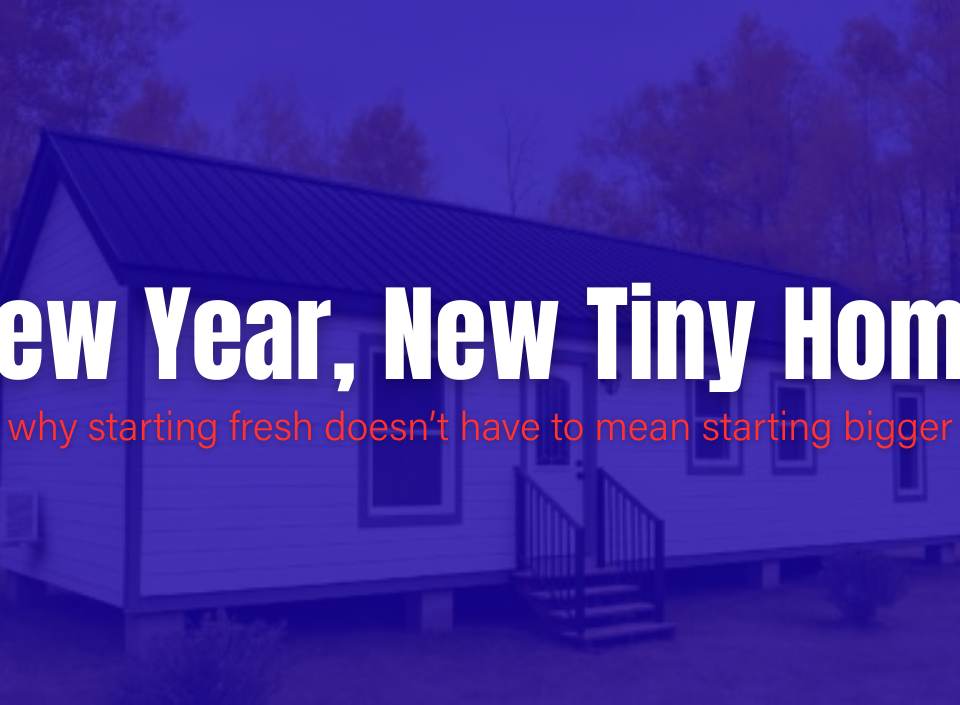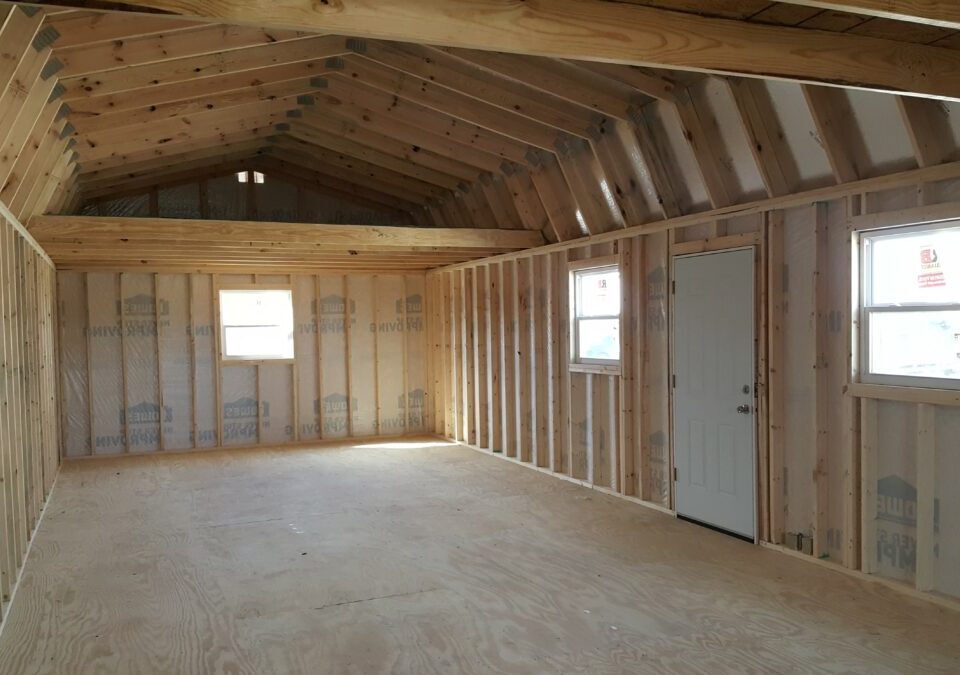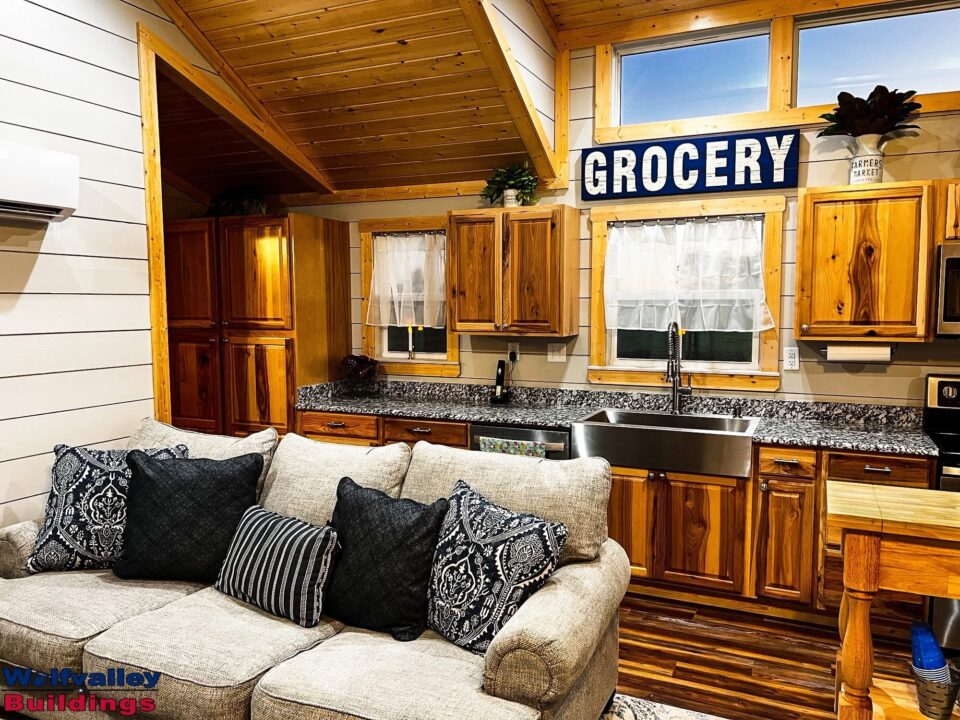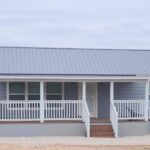
Pier and Beam Tiny Homes: Why the Foundation Matters
August 10, 2025
Amazon Tiny Home Kits vs Wolf Valley: The Better Choice
August 12, 2025Do Tiny Homes Appreciate? What You Need to Know Before You Buy 💰🏡
One of the most common questions we hear from customers is, “Do tiny homes appreciate in value?” It’s a smart question—and one that deserves a closer look. At Wolf Valley Buildings, we build permanent, pier and beam tiny homes, not homes on wheels. That difference matters when it comes to long-term value.
If you’re thinking about buying a tiny home, whether as a personal residence or investment property, understanding appreciation is key. Let’s explore how tiny homes hold value, what factors influence resale, and how to protect your investment for years to come.
Not All Tiny Homes Are Created Equal 🔍
First, it’s important to clarify what type of tiny home we’re talking about. Some tiny homes are built on wheels (THOWs) and are classified as RVs. Others, like the ones we build at Wolf Valley, are permanent structures set on pier and beam foundations.
This distinction matters. Homes on wheels typically depreciate like vehicles. In contrast, permanent tiny homes built to local code and placed on real property are more likely to retain—and in many cases—appreciate in value.
If you’re purchasing a Wolf Valley tiny home, you’re investing in a structure built with high-quality materials, solid construction, and energy efficiency. These homes are more than a trend—they’re designed to last and add value to your land.
Tiny Homes and Real Estate Appreciation 📈
Appreciation in real estate depends on multiple factors, including location, land value, construction quality, and market demand. While traditional single-family homes have decades of resale data, tiny homes are newer to the scene. That means appreciation patterns vary—but trends are promising.
In areas where land values are rising and housing shortages are common, well-built tiny homes on permanent foundations have gained value over time. They also attract buyers seeking affordable housing, rental income, or guest accommodations.
If you’re placing your tiny home in a region like Texas, Arkansas, or Oklahoma—where rural land remains accessible and desirable—your property could increase in value as demand for alternative housing grows.
What Affects the Resale Value of a Tiny Home?
The resale potential of a tiny home depends on how and where it’s set up. Here are some key factors that influence whether your home appreciates:
1. Land Ownership:
Homes placed on land you own are more likely to appreciate. When the land gains value, so does the overall property—including the home.
2. Foundation Type:
Tiny homes on pier and beam foundations are treated more like traditional homes. They can often be financed, insured, and resold more easily than mobile tiny homes.
3. Quality of Construction:
Durable materials, weather-resistant siding, and energy-efficient features all improve long-term value. Wolf Valley homes are built with this in mind.
4. Local Zoning and Codes:
Homes placed legally and in compliance with local regulations hold value better than unpermitted or code-violating structures.
5. Market Trends:
As housing costs rise and remote work increases, demand for small, efficient housing continues to grow. That demand drives resale potential.
Tiny Homes as Income Properties 💼
Another form of value appreciation comes through rental income. Many Wolf Valley customers turn their tiny homes into Airbnb-style rentals or guest houses. Over time, this can pay off the initial investment and then some.
With the right setup—especially on scenic or quiet rural land—your tiny home can generate steady income. That’s real value, even if the resale market fluctuates.
Want inspiration? Check out our blog on How to Set Up Utilities for Tiny Homes to prep for off-grid or rental-friendly living.
Maintaining Value Over Time 🔧
Just like any home, tiny homes require care. Keeping your structure well-maintained is one of the best ways to preserve and even increase its resale value.
Regularly inspect the roof, siding, plumbing, and foundation. Touch up paint, reseal exterior seams, and keep mechanical systems in top shape. Homes that are clean, updated, and move-in ready sell faster and for more money.
At Wolf Valley, we use durable materials and thoughtful design features to make long-term maintenance simple. Our models are built to resist the wear and tear of Texas summers, winter storms, and everything in between.
Financing Adds to Value, Too 💵
Homes that qualify for traditional financing often retain more value because they’re seen as real estate, not personal property. All Wolf Valley tiny homes are eligible for financing when placed on land.
Buyers with financing approval can enter the market more easily, which expands your potential pool of future buyers. This also helps legitimize your home in the eyes of appraisers and local officials.
If you’re just starting the process, check out our Land Buying Checklist to see how your tiny home can be properly set up to qualify for financing and code compliance.
So… Do Tiny Homes Appreciate?
Yes—with the right setup.
Tiny homes that are permanently installed, placed on owned land, and built with quality materials can absolutely appreciate over time. Like any real estate investment, the value depends on your location, the condition of the home, and how it’s used.
At Wolf Valley, we build with appreciation in mind. Our pier and beam tiny homes are meant to grow with you—not wear out or limit your options.
If you’re ready to simplify your life without sacrificing long-term value, now’s a great time to explore what a tiny home can do for you.
